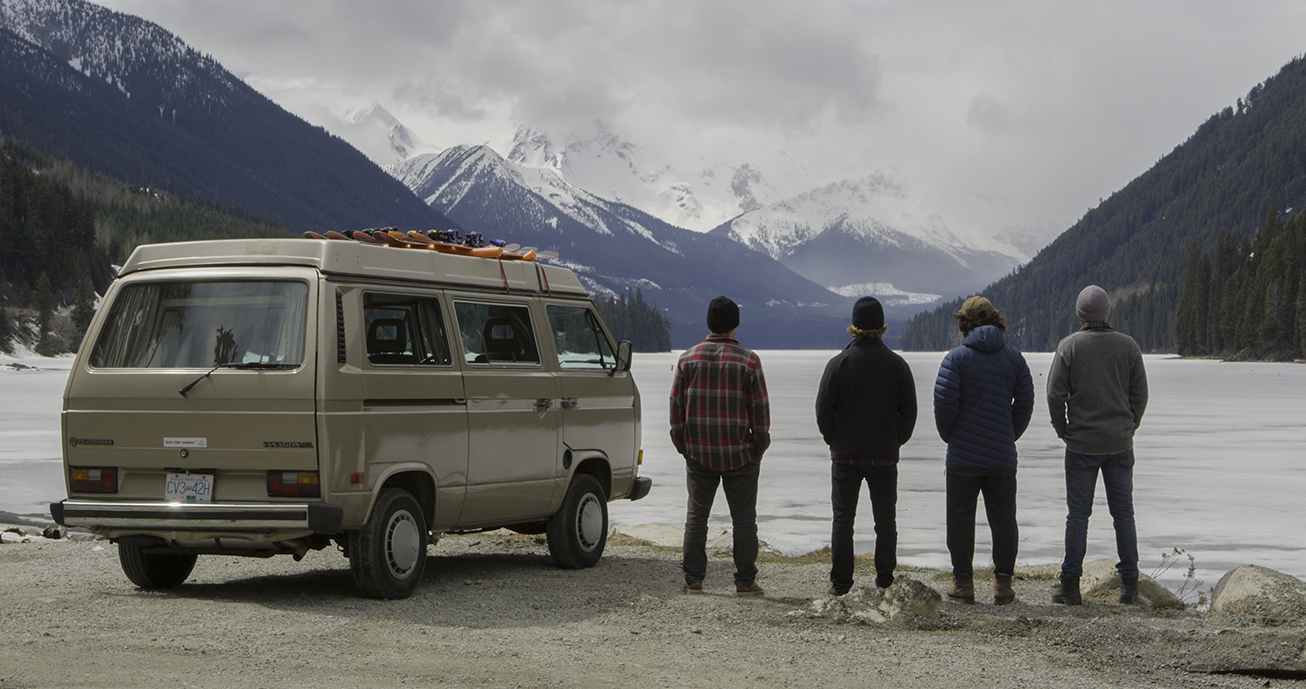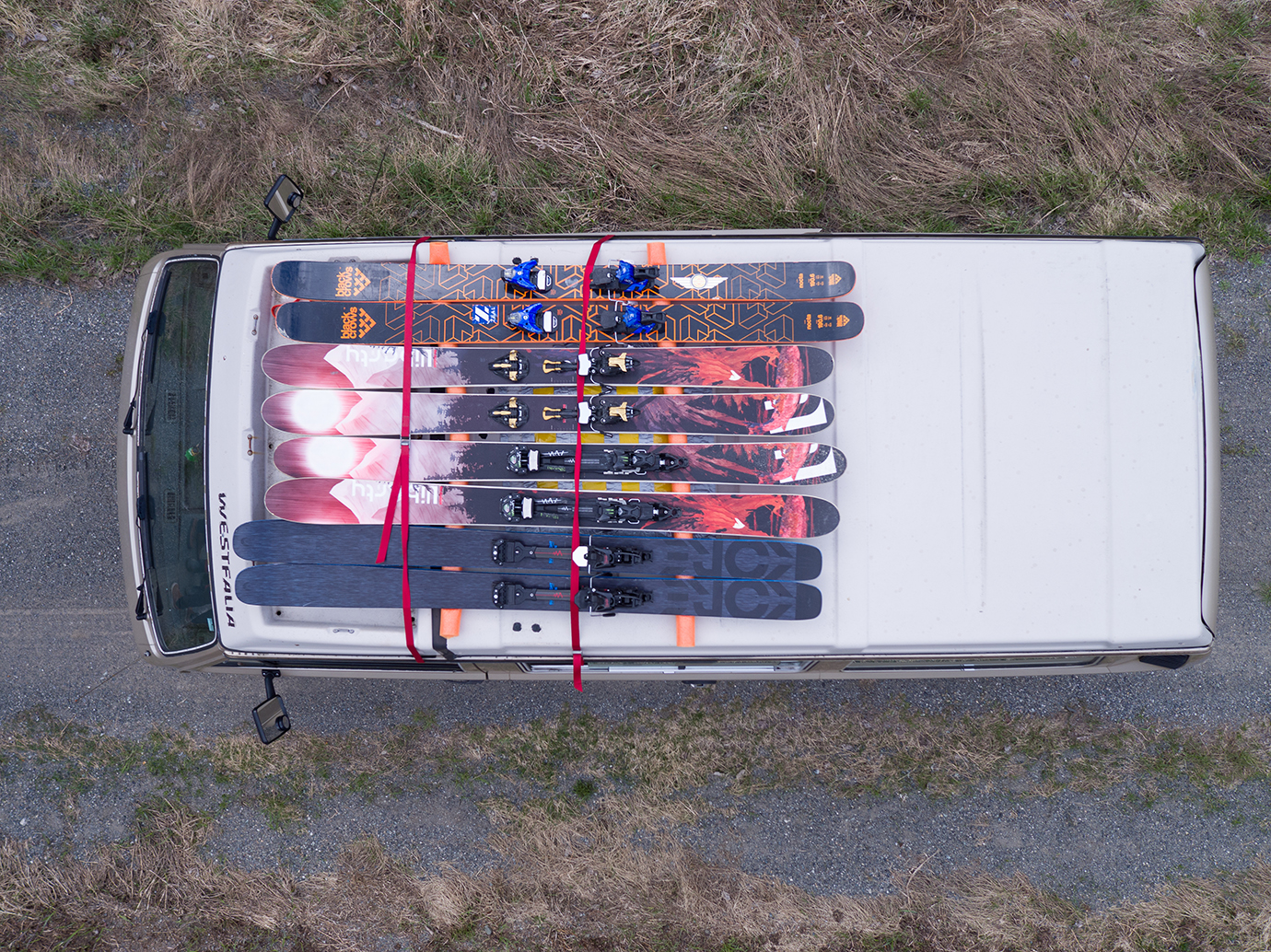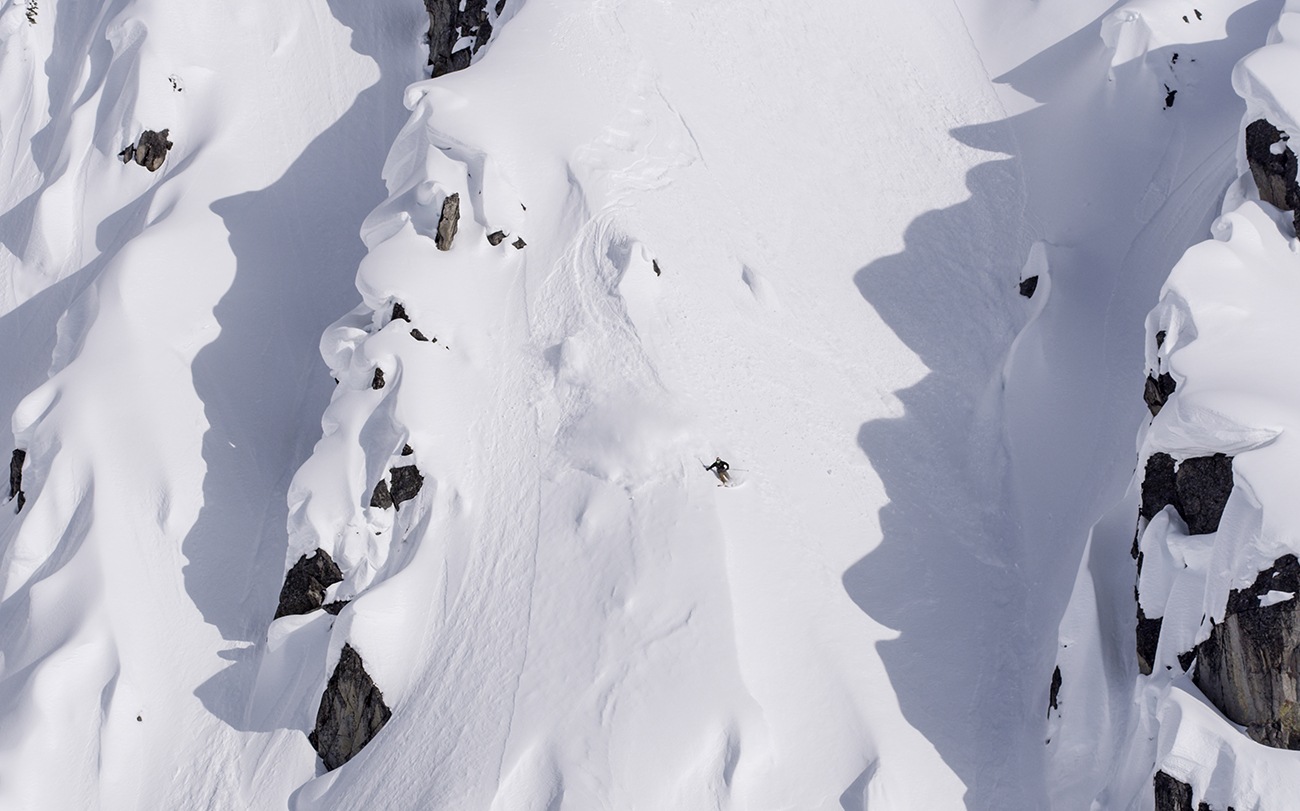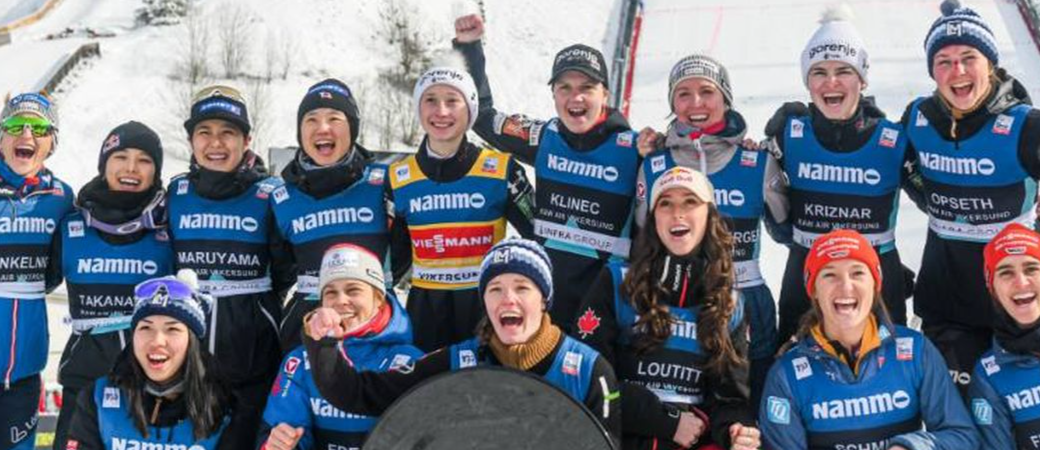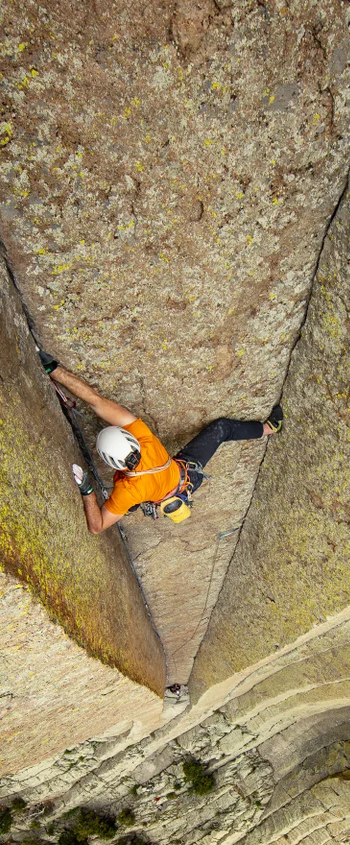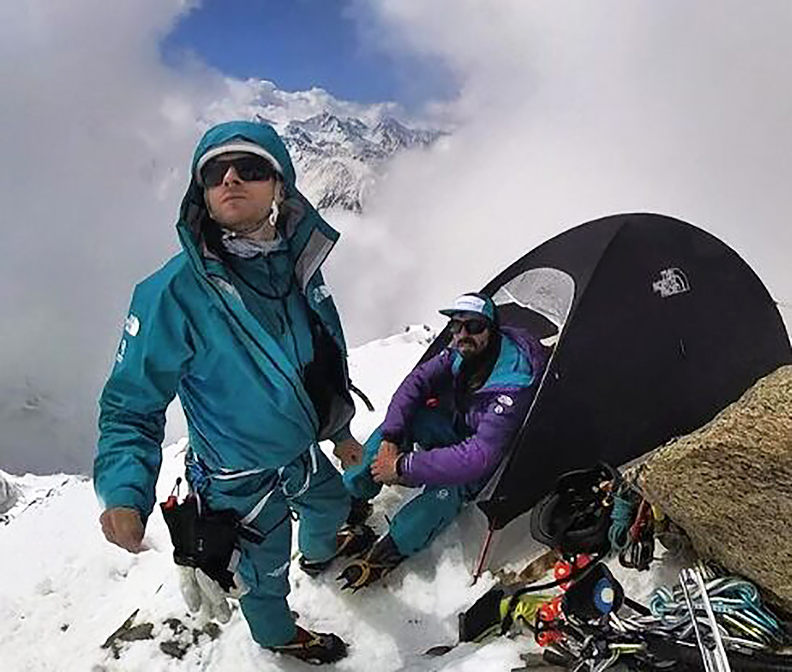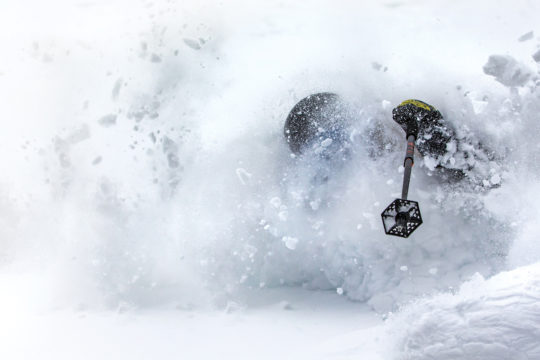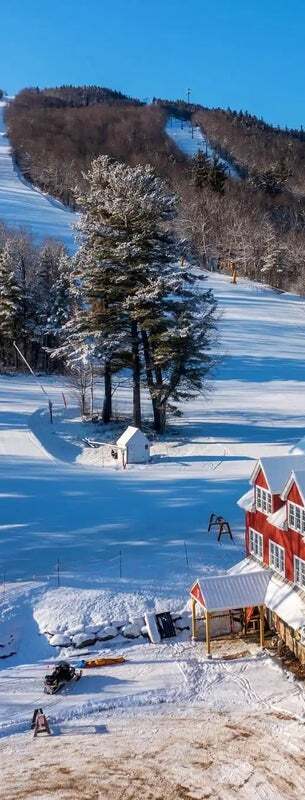From Cycling to Skiing: The Grueling Journeys of the Tour de France and Tour de Ski
On Saturday, June 29, the top cyclists will start the 2024 Tour de France from Florence, Italy, embarking on a three-week journey covering 200 km of hilly or mountainous terrain each day. This grueling race serves as a model for the Tour de Ski, a winter equivalent where cross-country skiers face similar intense challenges. The idea for the Tour de Ski originated in a sauna conversation between Olympic Gold medalist Vegard Ulvang and Jürg Capol, FIS head of cross-country ski competitions.
While most people celebrate the holidays with loved ones, World Cup cross-country ski racers train for the Tour de Ski, a seven-day stage race spanning multiple countries and Alpine ski venues from New Year’s Eve to the first weekend in January. Launched in 2006 to attract athletes during a high TV viewership period in Europe, the Tour de Ski offers generous World Cup points, a purse of nearly $1 million, and prestigious recognition, ensuring top skiers participate in this demanding week of consecutive racing and traveling.
Source:
https://fasterskier.com/2024/06/tour-de-france-or-tour-de-ski-why-not-both/
Learn more: https://www.adventurefilm.academy/
Breaking Barriers on the Slopes: NENSA Champions Inclusivity at High School Nordic Ski Championships
In March, the New England Nordic Ski Association (NENSA) hosted its prestigious Eastern High School Championships in Holderness, New Hampshire, where three exceptional teenagers—one from Maine and two from the Midwest—stood out as competitors in the standing ski category. This marked a significant moment in the realm of high school cross-country skiing, highlighting NENSA’s proactive stance, in partnership with U.S. Paralympics Nordic Skiing, towards promoting inclusivity and accessibility in the sport.
The event serves as a cornerstone for young skiers across New England and New York, embodying NENSA’s commitment to expanding opportunities for all athletes. By integrating adaptive sports more prominently into its programs, NENSA aims not only to provide competitive platforms but also to foster a supportive environment where adaptive athletes, like those participating in the standing ski category, can thrive. Through ongoing initiatives in accessibility and outreach, NENSA continues to pave the way for a more inclusive future in high school cross-country skiing, ensuring that every athlete feels valued and empowered on the snow.
Source:
https://www.usparanordic.org/news/2024/april/23/nensa-strives-to-stay-ahead-of-the-curve-in-creating-opportunities-for-para-nordic-skiers-in-new-england
Learn more: https://www.adventurefilm.academy/
Tragic Drowning at Irvin Pitts Memorial Park Sparks Community Reflection on Water Safety
The recent drowning at Irvin Pitts Memorial Park in Ware Shoals has prompted a community-wide reflection on water safety and the importance of vigilance near natural water bodies.
Juan Otoniel Antonio Simon, 23, was identified as the victim who tragically drowned in the Saluda River near Irvin Pitts Park on Sunday. The incident has underscored the unpredictable dangers of natural waterways, even for those who are proficient swimmers.
The Ware Shoals Police Department responded to a call about a possible drowning at around 4:30 p.m. on Sunday. Dive and rescue teams from Laurens and Abbeville counties were quickly dispatched to the scene. Despite their prompt response, Simon’s body was recovered from about nine feet of water around 7:30 p.m. and identified by his family, according to the Ware Shoals Police Department.
Simon’s family informed officials that he was a capable swimmer, but the strong currents in the Saluda River proved to be overwhelming. “My heart breaks for the family,” said Ware Shoals Police Chief Bryan Louis. “It’s tragic and unfortunately has been happening a lot.”
Chief Louis emphasized that Irvin Pitts Memorial Park is a “swim at your own risk” area with no lifeguards on duty. He highlighted the presence of deep spots and underwater holes that can pose significant dangers to swimmers, regardless of their experience level. The chief also pointed out the community’s efforts to enhance water safety by providing life jackets, throw ropes, and preservers for public use. However, these safety items often go missing, which diminishes their effectiveness in preventing such tragedies.
Louis urged the public to exercise caution and to return safety equipment after use to ensure it is available for others. “We need everyone’s cooperation to maintain these safety measures and protect our community,” he added.
The incident has sparked a conversation in Ware Shoals about the need for increased awareness and education on water safety, particularly in natural water bodies where conditions can change rapidly. Community members are calling for more resources and support to prevent future tragedies and to honor the memory of Juan Otoniel Antonio Simon.
As the community grieves this loss, the focus remains on preventing similar incidents and ensuring that everyone enjoys the beauty of natural parks like Irvin Pitts Memorial Park safely.
Source: https://www.indexjournal.com/townnews/scuba_diver/police-stress-water-safety-after-drowning-in-ware-shoals/article_5d7f0084-3253-11ef-acd1-fff667c80742.html
Historic Ski Descent on the East Face of the Matterhorn
The imposing east face of the Matterhorn looms over the Swiss village of Zermatt, its sheer wall of rock and ice seemingly impossible to ski. However, in May of 1975, Toni Valeruz defied the odds and made the first ski descent. This year, a team of athletes, predominantly women, saw a rare alignment of snow and weather conditions and decided to attempt the descent.
Nadine Wallner, a 35-year-old fully-certified mountain guide and two-time Freeride World Tour champion from Klösterle, Austria, eyed the Matterhorn while hosting a ski camp for Red Bull athletes in Zermatt. On May 26, she seized a brief window between storms to climb and ski the east face. “It’s really unlikely to find decent conditions to ski the Matterhorn safely,” said Wallner, “the east face is usually full of rock bands and it’s rare that it filled in so well.”
Wallner was joined by Swiss mountain guide Ramona Volken, her friend Valentin Zufferey, and fellow Freeride World Tour champion, Arianna Tricomi from Italy. They began their ascent to the Hörnli Hut on May 25, preparing for the descent. As they climbed, thick clouds enveloped the peak, creating concerns about snow stability. Fortunately, the clouds cleared enough to allow a superficial refreeze, and the team decided to continue.
“We booted up the face with crampons and two axes,” Wallner explained. “We were just in the bubble of the dark. When the sun rose, we reached the Solvay Hut.” This emergency shelter on the Matterhorn’s northeast ridge, at 13,133 feet, is a common starting point for skiing the east face. Above the hut, the peak’s vertical rock walls make skiing from the summit nearly impossible.
The Matterhorn’s east face is rarely skied, and conditions were less than ideal for Wallner’s team. A recent storm had deposited patches of new snow atop the stable spring snow, which warmed quickly in the sunlight, creating dangerous sluff. Wallner had to navigate carefully to link patches of spring corn and avoid the unstable new snow. “It was quite sketchy at some points,” she said. “You had to really watch out where you skied because those powder patches got really hot and would slide. They can definitely catch your skis.”
Reflecting on the descent, Wallner mentioned she wished they had started half-an-hour earlier to avoid increasing avalanche risk. “There were spin drifts from above turning into little stuff slides. When we got back to the [Hörnli] hut, some larger avalanches came down from above.”
Tragically, tricky conditions on the Matterhorn claimed the life of Italian skier Luca Berini a week later on June 4. “I didn’t know him, but it’s so tragic,” Wallner commented on Berini’s fatal fall.
Despite the challenges and risks, Wallner remains undeterred. Even in mid-June, she continues to seek out small windows of clear weather for skiing in the Swiss Alps. “Even if the window is 50/50, if you don’t go you’ll never know,” she said.
This remarkable attempt on the Matterhorn’s east face is a testament to the courage, skill, and determination of Wallner and her team, showcasing the relentless spirit of adventure that drives skiers to tackle some of the most challenging descents in the world.
Source: https://www.outsideonline.com/outdoor-adventure/snow-sports/matterhorn-east-face-ski-descent/
World Cup Speed Skier Jean Daniel Pession Killed in Backcountry Skiing Accident
Italian speed skier Jean Daniel Pession (28) and his girlfriend, Elisa Arlian (27), have tragically lost their lives in a backcountry skiing accident in Italy’s Aosta Valley. The news was confirmed yesterday by the Italian Winter Sports Federation (FISI) in an official statement.
Experienced Athletes, Lost in the Mountains
Pession, a rising star in World Cup speed skiing, and Arlian, a cross-country ski instructor, were reportedly traversing a ridge on the north face of Monte Zerbion near Champoluc when the accident occurred. Champoluc, the largest resort in the Monterosa area, is known for its breathtaking scenery and off-piste skiing opportunities.
Search and Rescue Efforts
The couple was reported missing after failing to return as planned. A Guardia di Finanza helicopter crew, utilizing cell phone signal detection technology, located their bodies on the mountain’s north face. A doctor onboard the helicopter sadly confirmed their deaths at the scene.
The Skiing Community Mourns
The skiing community is in mourning following this devastating loss. Flavio Roda, President of the FISI, expressed his deepest condolences: “This is a terrible tragedy for the world of winter sports, especially speed skiing. On behalf of the entire Federation, I extend our deepest condolences to the Pession family during this unimaginable time of grief.”
A Reminder of Mountain Risks
Pession’s impressive career included a 15th-place finish in the 2021 World Cup final standings and a 22nd-place finish at the 2022 World Championships. This tragic incident serves as a stark reminder of the inherent dangers of mountain activities, even for experienced athletes.
Investigation Continues
The cause of the accident is still under investigation. As details emerge, SnowBrains will continue to follow this developing story.
Source: https://snowbrains.com/world-cup-speed-skier-jean-daniel-pession-and-his-girlfriend-killed-in-tragic-accident-while-backcountry-skiing-in-italy/
Blind Skier Noemi Ristau Conquers the Slopes with 5G Technology
High atop the Riedberger Horn in the Bavarian Alps, a remarkable feat unfolds. Noemi Ristau, a 27-year-old Paralympic champion skier who is blind, prepares for a solo descent down a snowy slope. Despite the breathtaking view, Noemi sees nothing of the mountain before her. Yet, with the help of cutting-edge 5G technology, she’s about to experience the thrill of independent skiing for the first time in over 15 years.
Breaking Barriers: From Guided Runs to Solo Descent
Until now, Noemi relied on her guide, Paula Brenzel, to navigate the slopes. Paula would use acoustic signals to announce turns, ensuring Noemi’s safety on the descent. However, this innovative 5G experiment changes everything.
The Power of 5G: Real-Time Communication on the Mountain
Noemi wears a helmet equipped with a smartphone camera that transmits live video and audio to Paula stationed elsewhere on the mountain. This information travels over a local wireless network with incredibly low latency – a mere 10 milliseconds, faster than the blink of an eye. This real-time connection allows Paula to continue guiding Noemi verbally, providing her with crucial instructions for navigating the slopes.
A Moment of Triumph: “I Didn’t Feel So Alone”
“From the moment I stood up, I was filled with excitement about skiing down alone,” Noemi shares. The initial anxiety of the first few turns quickly fades as Paula’s voice guides her through the descent. “I almost forgot she wasn’t with me at all,” she adds.
Reaching the bottom, Noemi is greeted with a wave of emotions – relief, joy, and disbelief. “I was surprised that such a thing is possible,” she exclaims, expressing her gratitude for being part of this groundbreaking experience.
Beyond the Slopes: A Glimpse into the Future of 5G
This experiment with Noemi demonstrates the immense potential of 5G technology. The ultra-fast speeds and real-time communication capabilities hold promise not just for sports but for various aspects of our lives. Imagine a future where motorists, cyclists, and pedestrians can communicate seamlessly, enhancing road safety.
A Shared Vision: Pushing Boundaries and Inspiring Others
“Noemi is blind, but with 5G technology, she skis down the slope as if she can see,” says Hannes Ametsreiter, CEO of Vodafone Germany. This project serves as a powerful testament to overcoming limitations and achieving the seemingly impossible.
Noemi, too, envisions a future empowered by 5G. “This technology could be used by visually impaired people to navigate new environments,” she suggests, “and open doors to new sporting activities.” Her enthusiasm for contributing to the development of this technology and helping others is truly inspiring.
The successful descent of Noemi Ristau is a testament to the transformative power of 5G. As this technology continues to roll out globally, it offers a glimpse into a future filled with possibilities and a world where boundaries are meant to be broken.
Embracing the First-Time Magic: A Journey to Mt. Buller
The memories stay with you forever. First guitar: Age eight, steel strings, bleeding fingers, quickly calloused—start of a lifelong affair. First surfboard: A much-repaired yellow twin fin, more like catching a small bus. Consequently, the first unbroken wave, fingers tracing along the face, then dumped but ecstatic. First oyster: What is that?
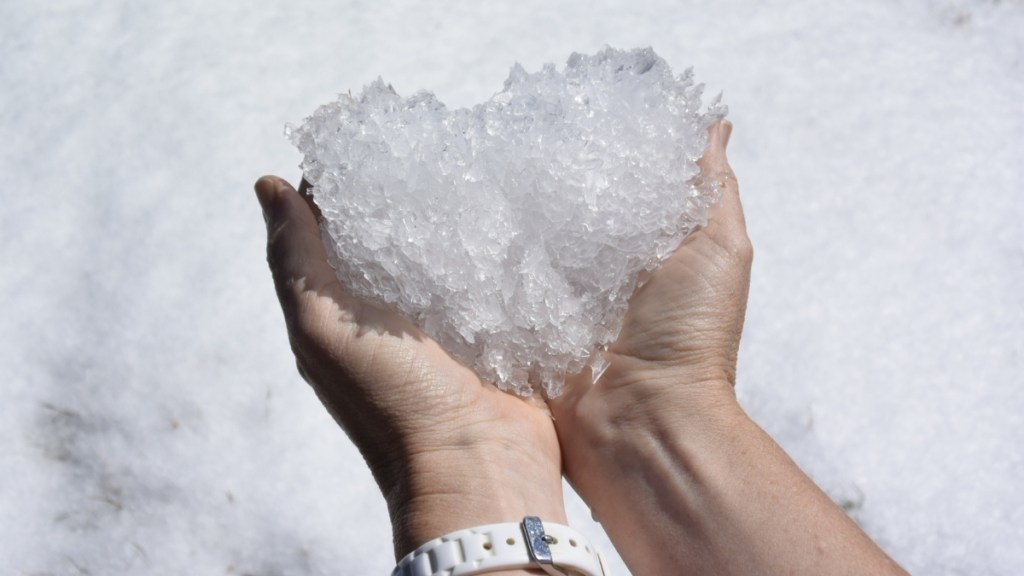

And then, the first time at the snow. Do I remember that? Only like it was yesterday.
We drove to Buller in my friend Tom’s Holden Kingswood. Tom was a skiing veteran. At 21, I was a late starter, and as we ascended the mountain, I got my first glimpse of snow. I asked Tom to stop the car, got out, and picked up a handful. A big personal moment. If Tom was rolling his eyes, he didn’t show it.
Discovering the Magic of Snow
Snow is surprisingly cold when you’ve never touched it before.
About two hours later, in radiant sunshine, with a sky so blue it seemed unique against the white backdrop, I was told off for going too fast down an intermediate run, arms and legs all over the place. I apologized and meant it, but I was also secretly chuffed, flushed with the majesty of sliding—quite rapidly—down a mountain for the first time.
Where had skiing been all my life?
Where it had been was nowhere. I was a hold-out, not wanting to go skiing in case I fell head over heels in love with it and then couldn’t afford to go. My cadet journalist’s wage was tricky financial terrain. Surfing was cheaper.
Turns out, I was right, because after that first trip, I was hooked.
Post-Lockdown Adventures
Post-lockdown, I went to Buller again, this time with my daughter and her partner, Will, who was at the snow for the first time. Will plays football, cricket, tennis—all well—and he found his feet straight away. In fact, he was awesome, tackling green runs in the morning, blue in the afternoon, no problem.
We skied all day, the runs getting ever more challenging, and Will coped well, navigating some icy sections and bigger crowds as we headed back at speed for a fireside vino.
It was a great day. You only get one chance at a first time, and Will certainly seized that chance. It’s brilliant to watch someone take to something so quickly and want to go again.
Savoring the Après-Ski
We were a happy crew that night, especially knowing we were heading to dinner at French restaurant The Villager (Buller Central, Village Square), flushed with the thrill of the day. The roast duck and the pinot tasted even better than usual after being on the mountain, breathing in all that high-altitude air.
Skiing is more than just a sport. It’s a perfect community activity, where you’re talking, laughing, and enjoying each other’s company.
Making Skiing Accessible
A trip to the snow sounds complicated and expensive, but it needn’t be. Stay at a lodge instead of a hotel. You meet people and cook your own meals: Who needs a restaurant every night?
“Road to Nowhere” is today’s must-watch skiing short film
OK, folks: This is one to watch not necessarily on the go, on the John, or in the midst of a busy work-day where you inevitably see the 12-minute time stamp and immediately move on to other things. Rather, bookmark this page, tell Siri to remind you or just make it a damn point to, when you get home this evening, remove your shoes, kick your feet up, grab an icy-cold beer and stream this puppy on the largest screen possible, with the sound up and your mind free of clutter. This is the story of four Canadians who set out to crush mountains (and oceans, too) and document the experience in grade-A fashion. The result is a thoughtfully crafted, well-executed and exciting adventure film.
The Vimeo description reads: The road trip, a time-honored tradition and rite of passage, really… Letting routine fade away in the rear-view, they look forward, awaiting what the horizon holds. Worries left behind and uncertain of what lies ahead, they are left with the present moment. And with that, the stage is set. These four gents embark on a uniquely coastal journey from the alpine peaks that guard the Duffy Lake Rd. to the rugged and unexplored coastlines of the northern reaches of Vancouver Island. Big mountains, deserted surf breaks, river navigation and picturesque coastal scenery highlight this adventure along the “Road To Nowhere.”
Featuring: Mike Henitiuk ~ @mikeheni; Joe Schuster ~ @joe_schuster; Matt Margetts ~ @mattmargetts; and Riley Leboe ~ @rileyleboe.
